EVERY BEING COUNTS: WHEN ART BECOMES ADVOCACY FOR THE VOICELESS
Art for Those Who Cannot Speak — A Story of Quiet Advocacy
It began quietly — as meaningful things often do.
A studio visit in Sineu, Mallorca. Late afternoon. The kind of moment that lingers — familiar to those of us who’ve spent time in artists’ studios, where inspiration doesn’t announce itself, but arrives gently.
But on that day, something else found its way in.
Running late for a call, I parked near an abandoned garage. As I spoke, I noticed barking — persistent, distressed. It didn’t stop. After the call, Luna and I followed the sound. What we discovered behind the locked doors hasn’t left me since: two Podencos, emaciated and confined in filth, their eyes hollow from isolation.
After calling the police, together with Susana. The scene was met with indifference. The police, the owner — all insisted it was “fine.” But it wasn’t. It was quiet suffering. The kind we often choose not to see.
I filed a report at the Guardia Civil in Andratx. Spoke to locals. Asked questions. But even when acting within the system, I encountered its limits. And so I turned to what I know: the capacity of art to hold space for what is often ignored — and to make it visible.
Initiated and written by Alexandra Schafer
Photographer Grimalt de Blanch
Communication Expert Alexandra Goldfuss
Mallorca Sanctuary Rancho Fino
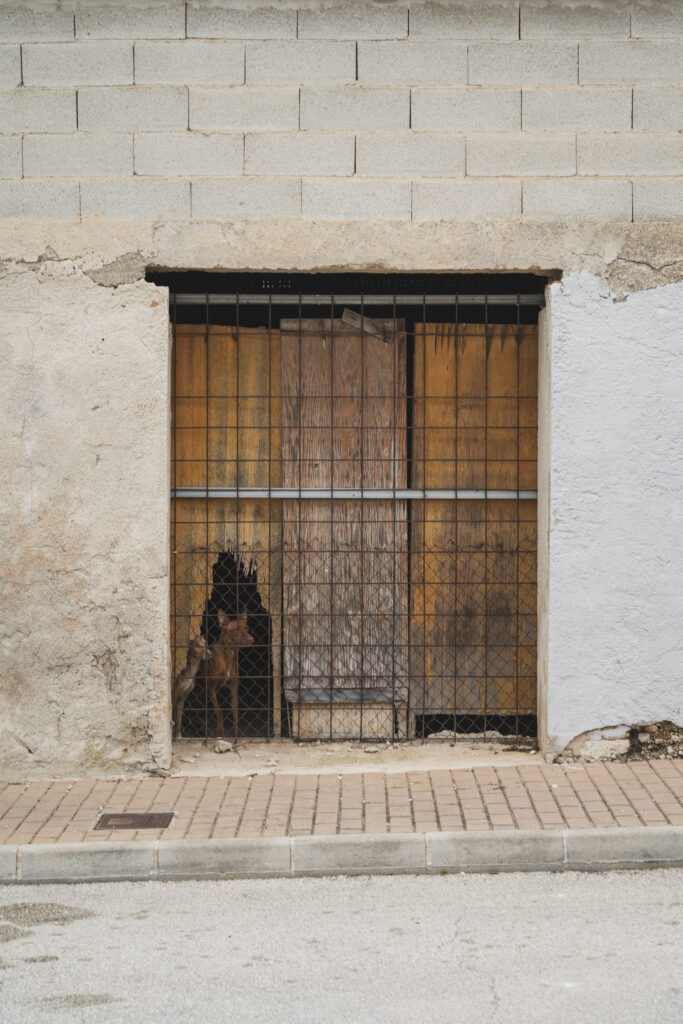
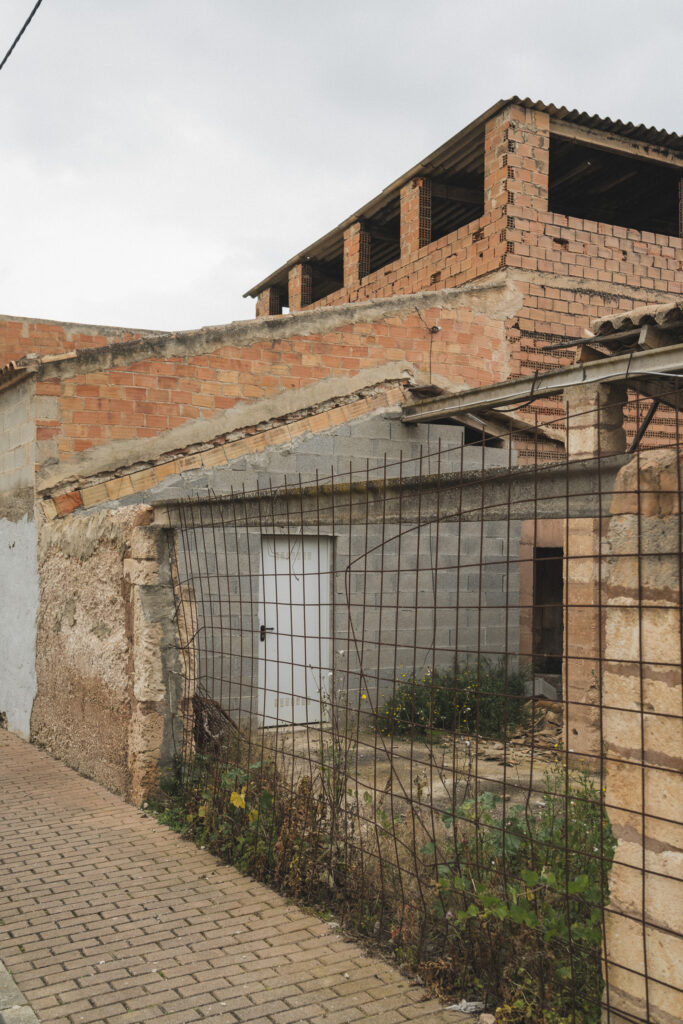
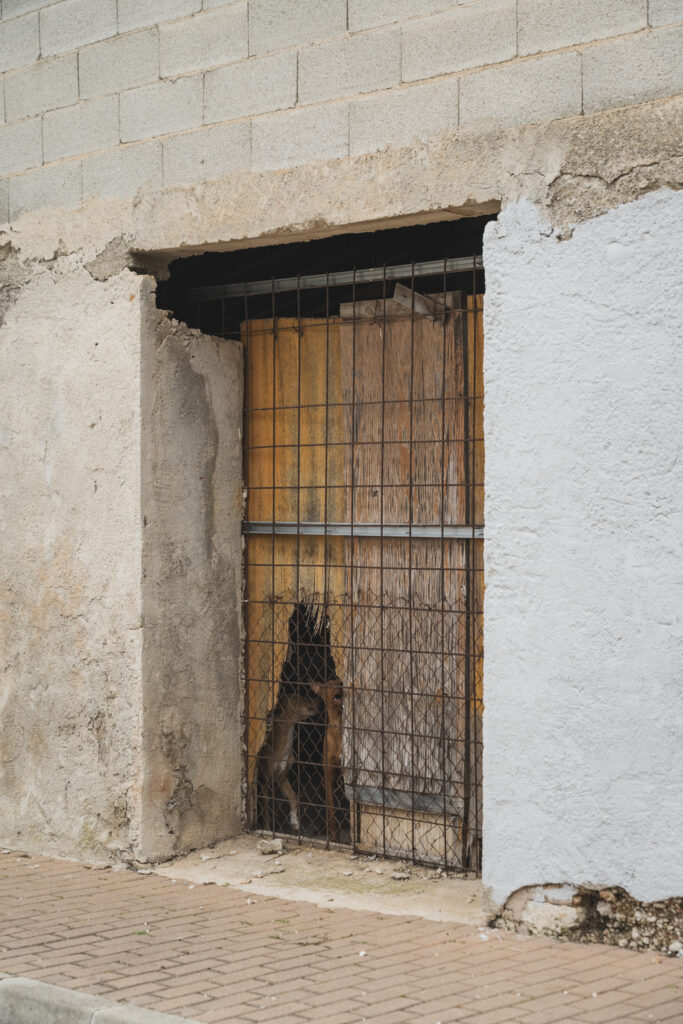
Where care begins — beyond words, beyond noise.
Through a local contact, I was introduced to Rancho Fino, an animal sanctuary in Mallorca led by Stacey and Stan — two people whose daily lives are built on compassion, not performance. Here, care is not a gesture. It’s a way of being. Every animal is met at eye level. Not as a case. Not as a symbol. But as a being — with memory, emotion, and a right to a life beyond survival.
This experience became the seed of a collaborative art project.
I reached out to Mallorcan photographer Grimalt de Blanch, inviting him to join us in documenting these lives — not through the lens of trauma, but through resilience. Through dignity. Through the quiet intimacy that forms between beings when trust is patiently rebuilt.
Together, we began to shape a visual narrative — one that gives presence to the voiceless. One that calls us to listen more deeply, and to look differently.
Shortly after, a conversation with Alexandra Goldfuss from All About Brand Real Estate brought this vision into sharper focus. “Let’s show them as they are,” she said, “On eye level. As equals.” And with that, the direction was clear.
Vulnerability is not a flaw.
It is an invitation to come closer.
Because care is not a gesture, it is a decision.
Because every being is more than its wound.
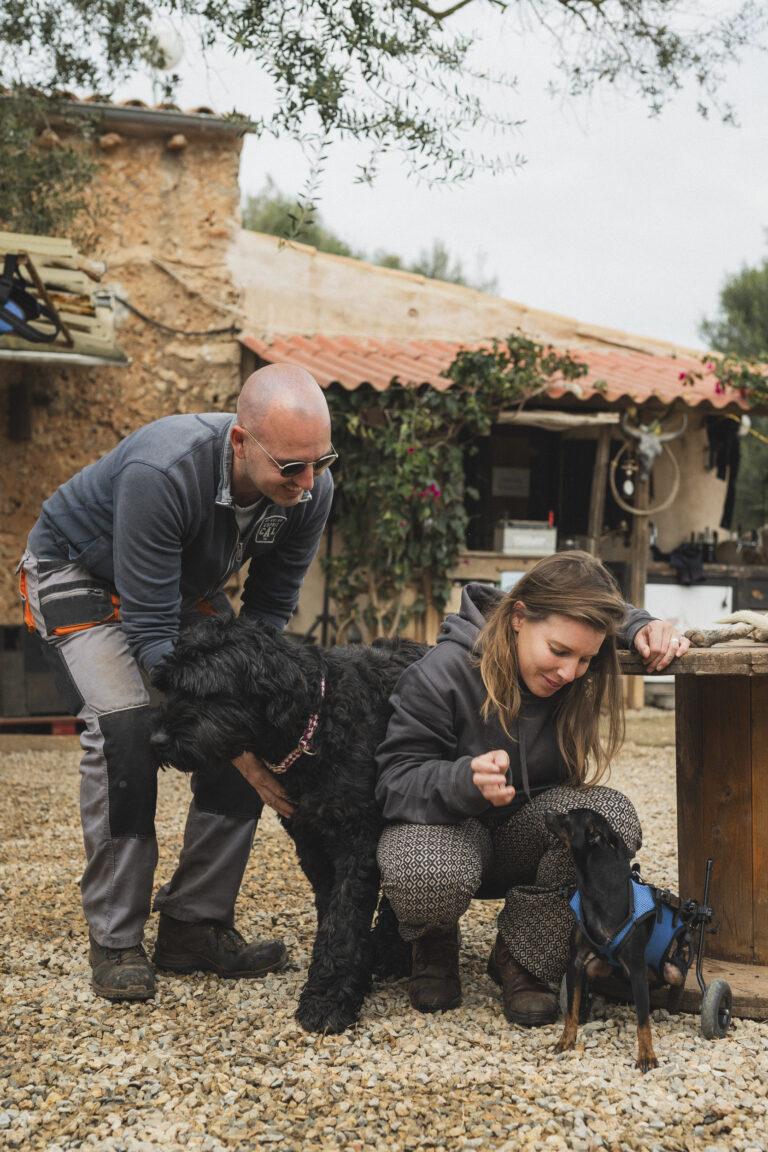
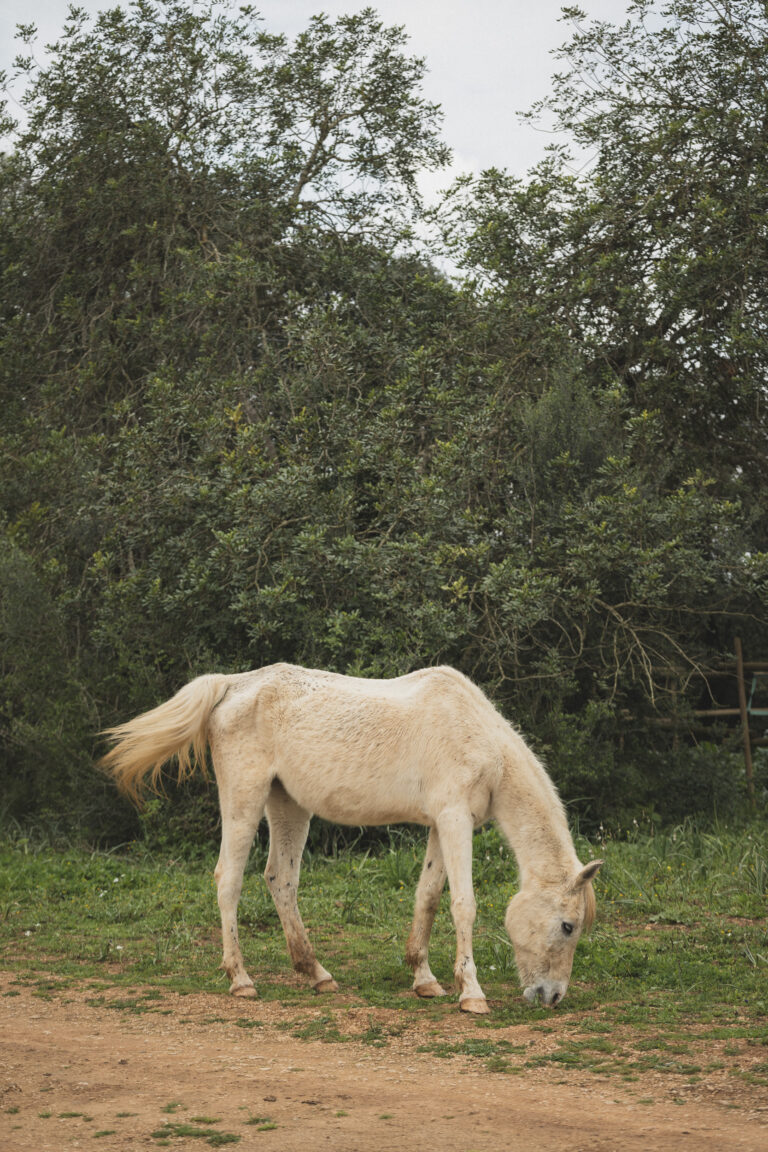
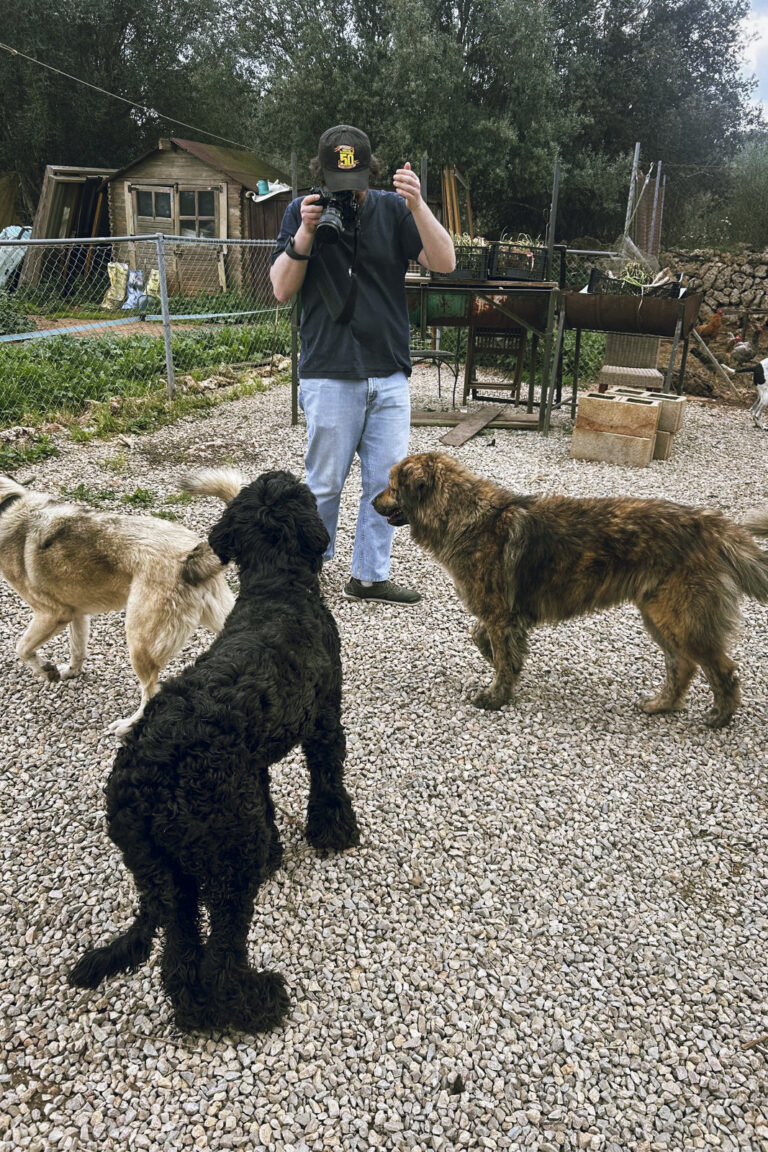
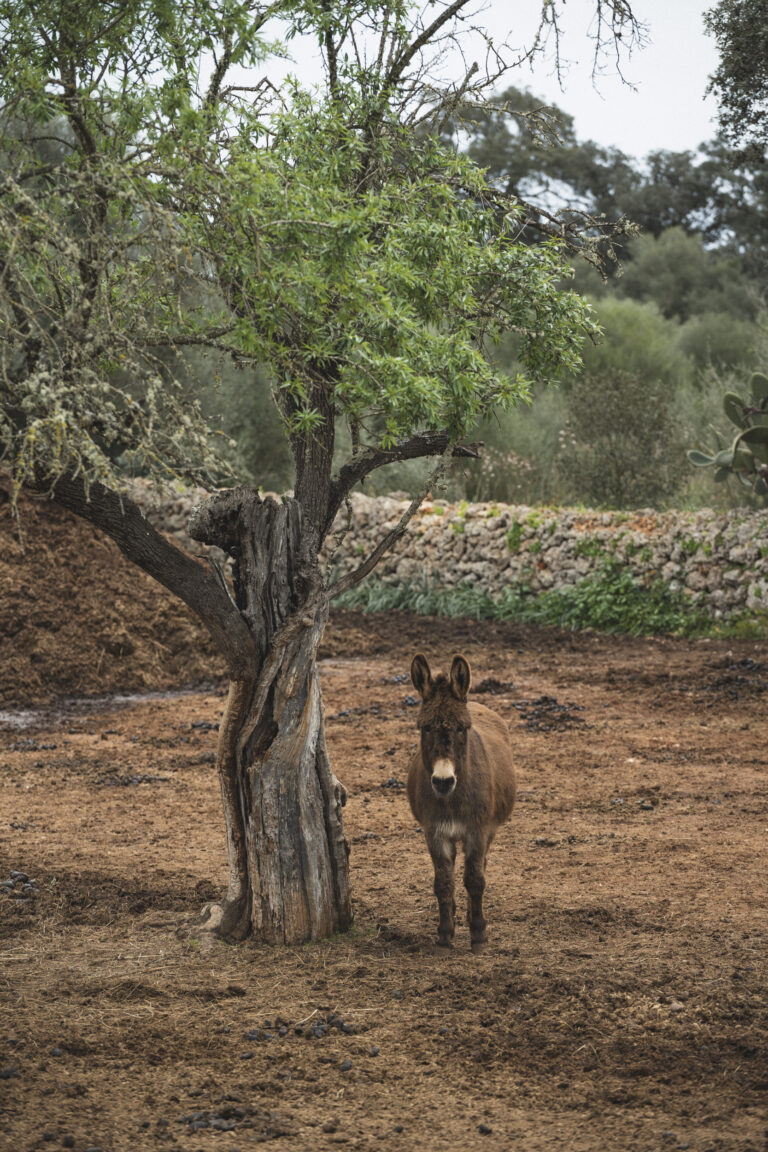
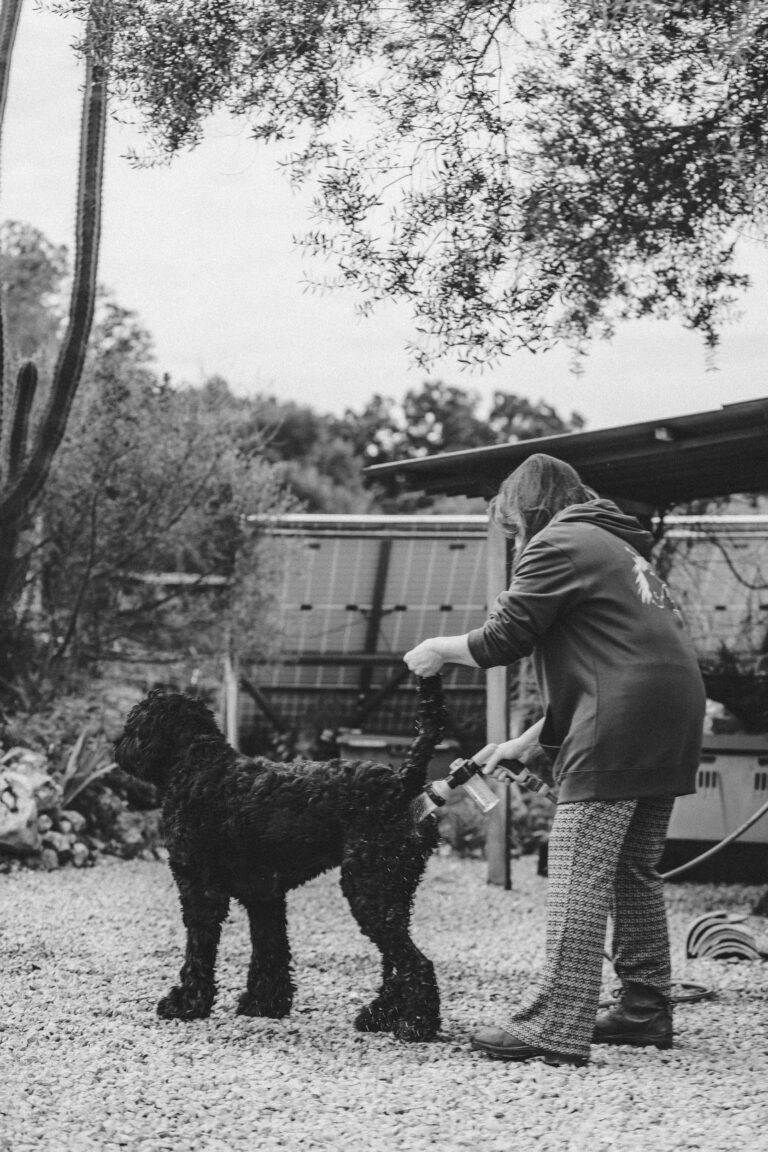


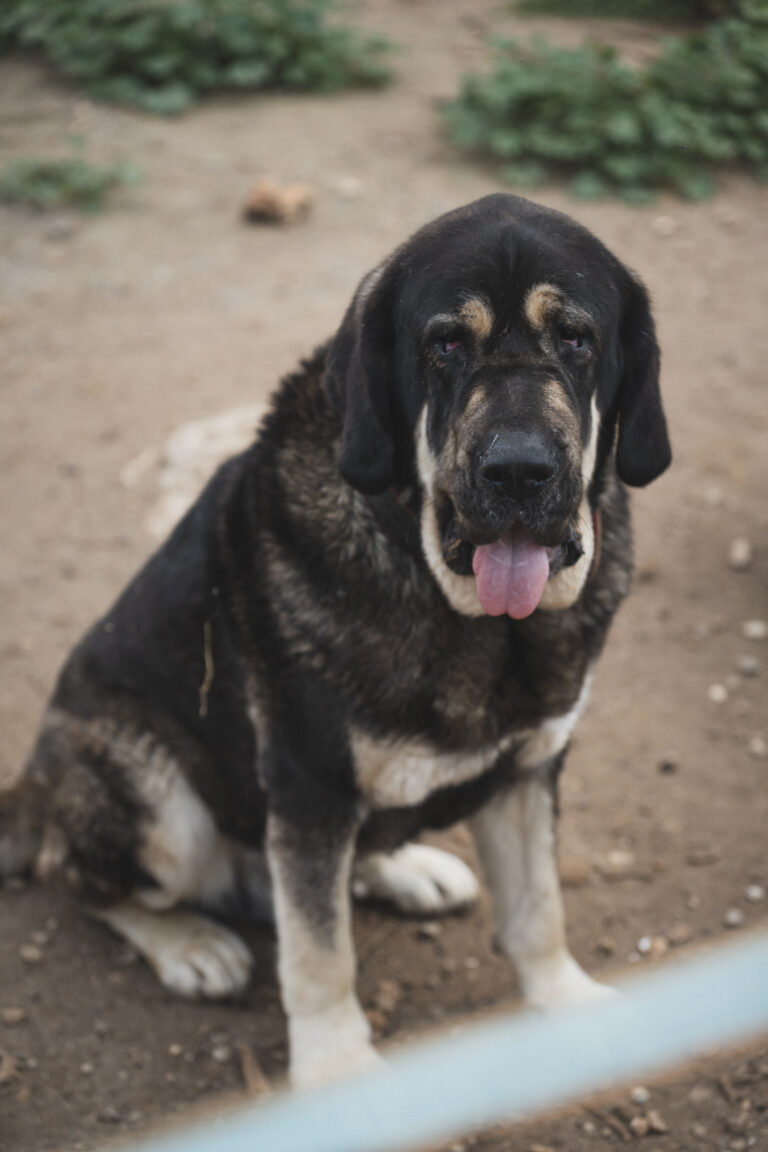
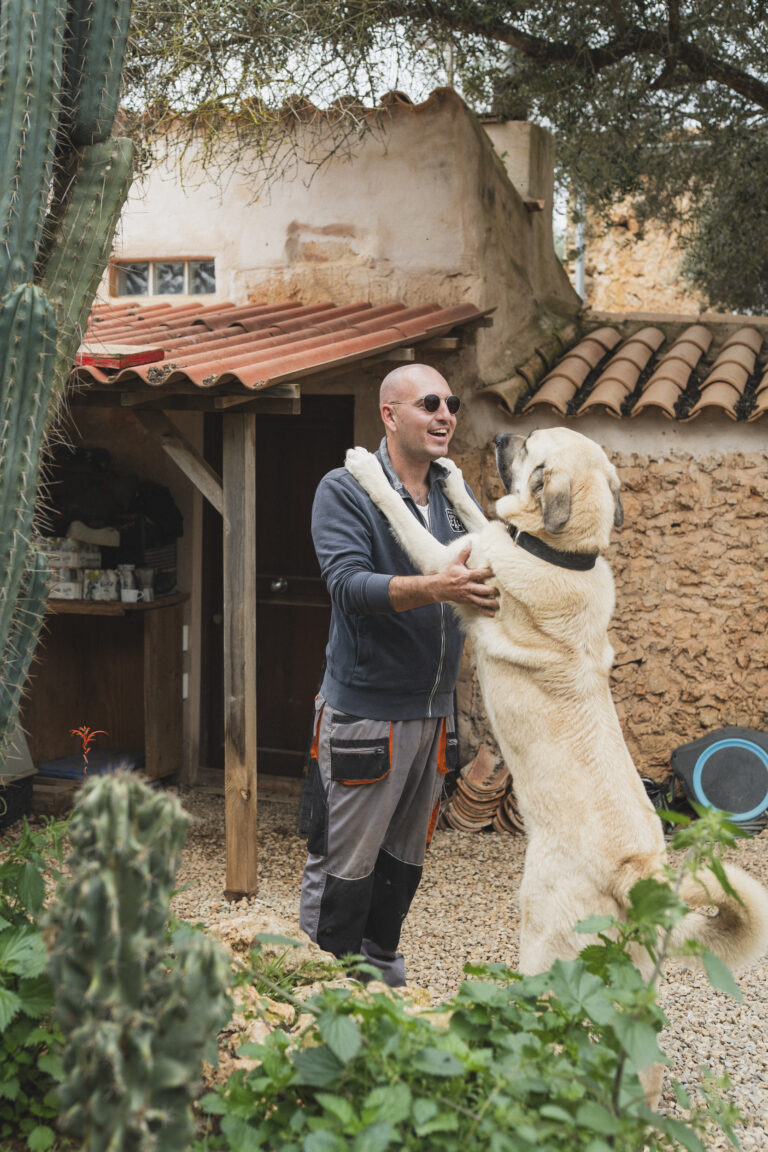
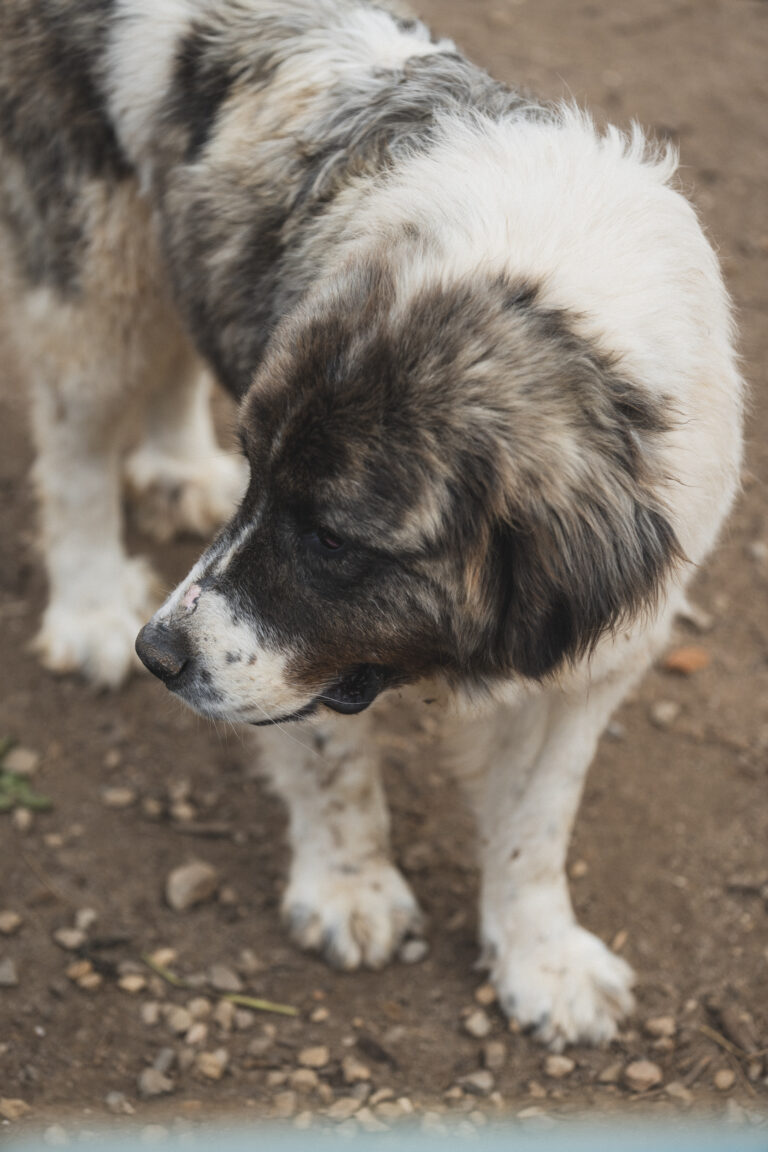
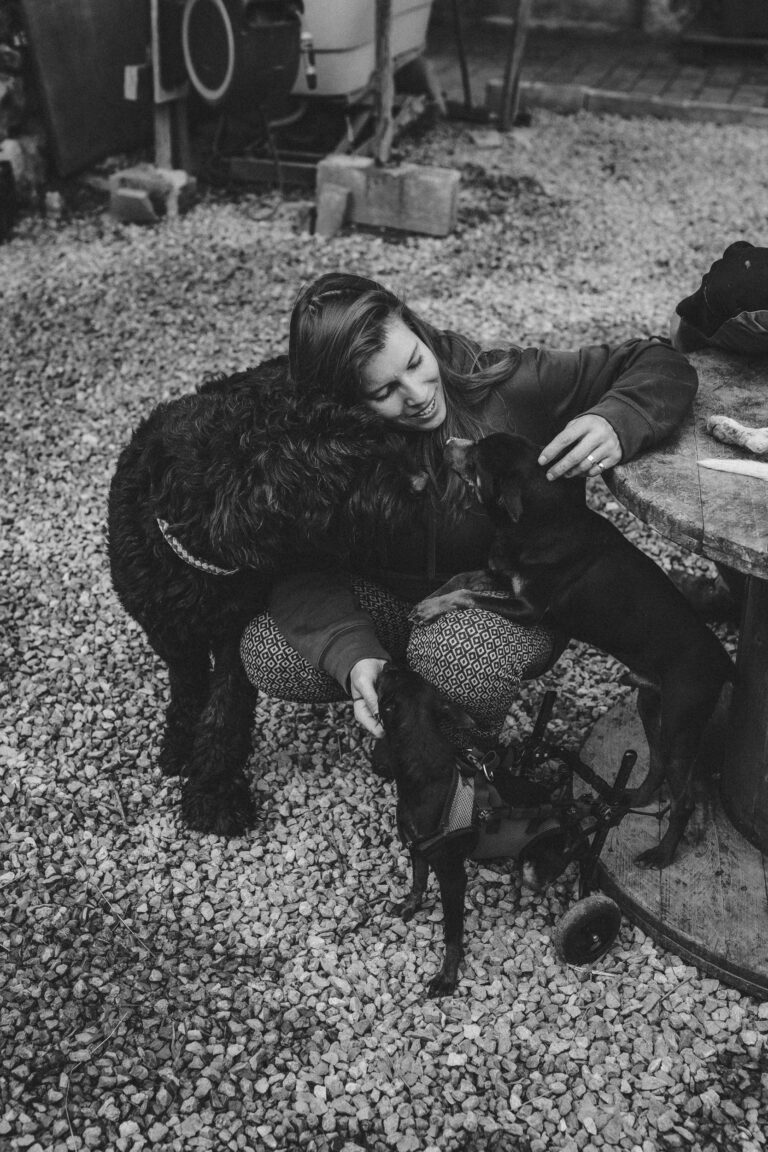
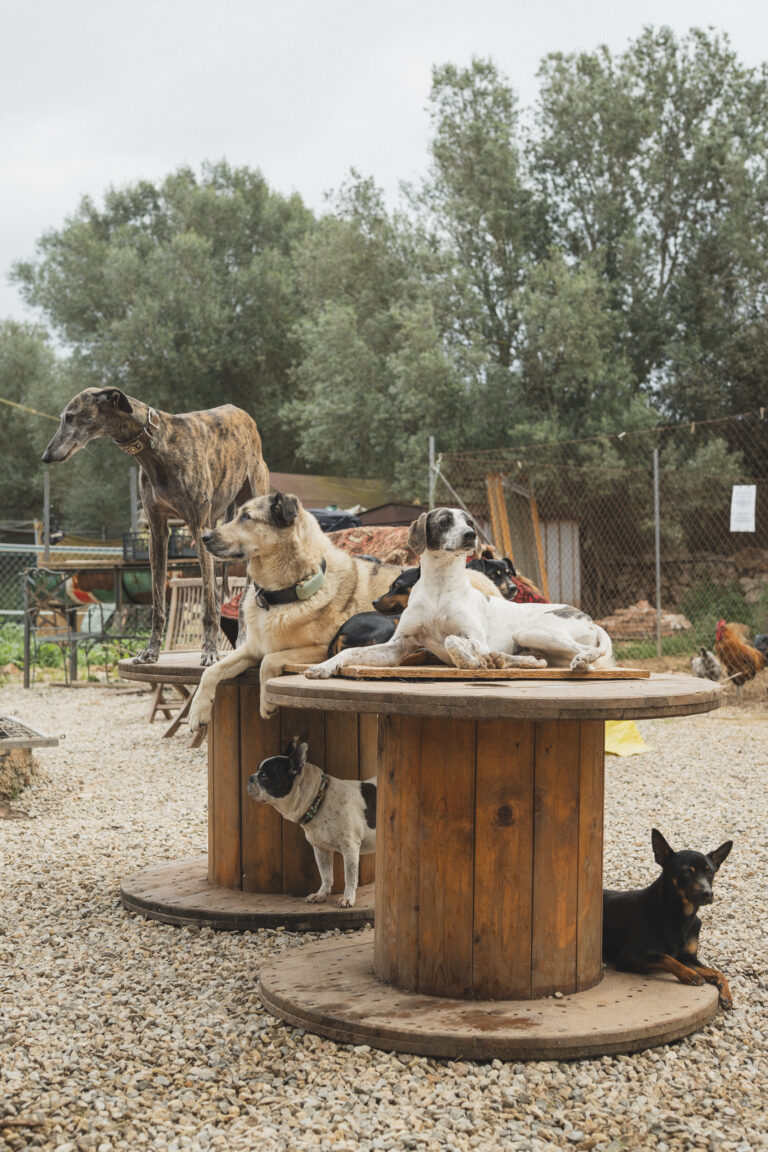
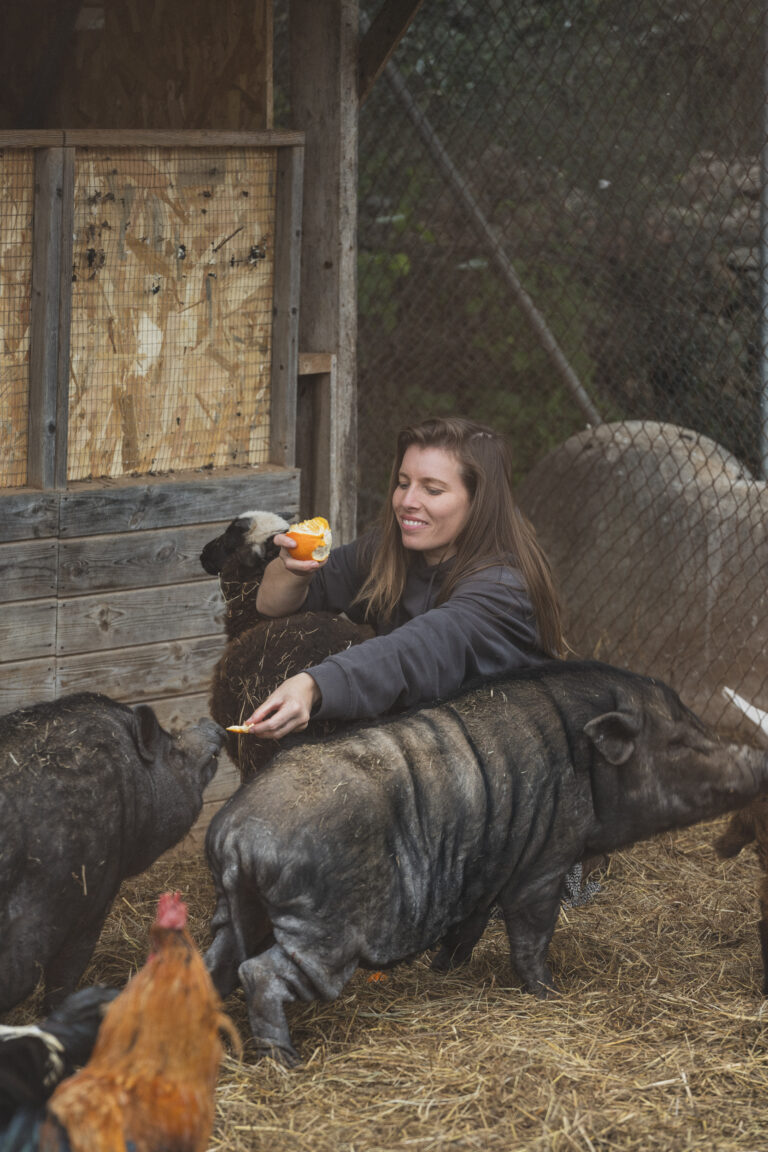
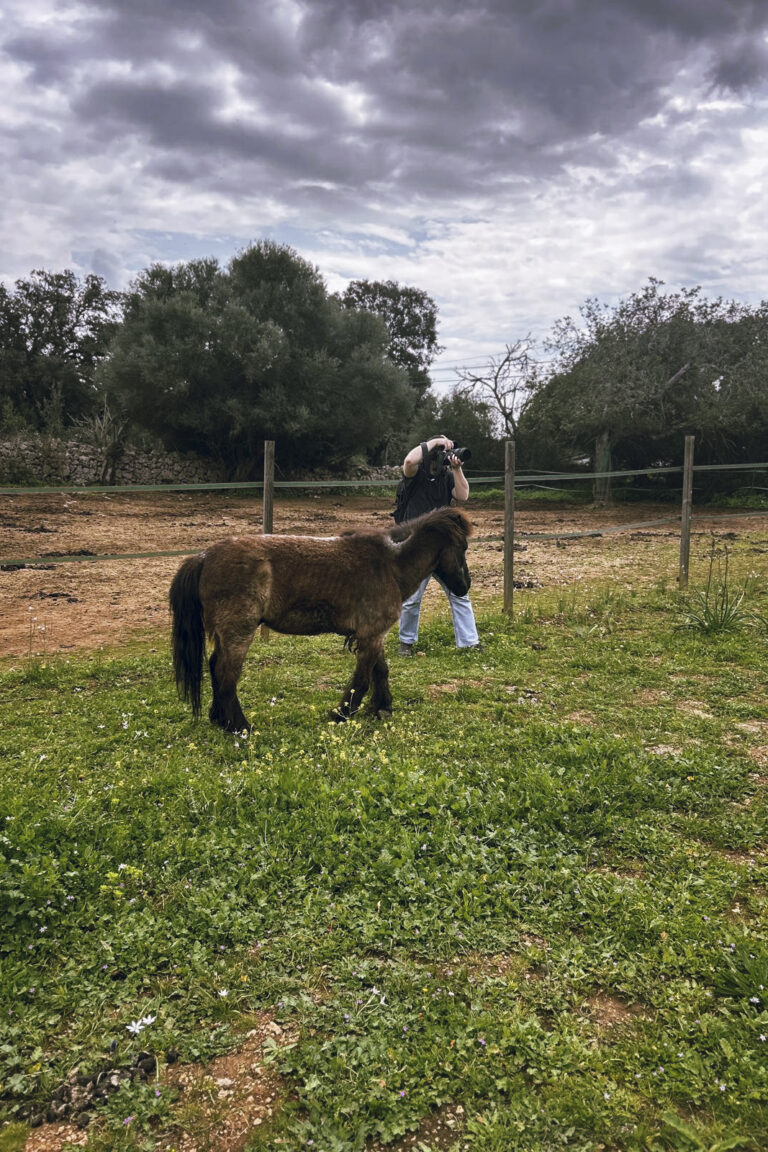
This quiet art movement is not just about art.
It’s about what art can do.
It steps in where institutions often fall short. It draws attention to what is hidden. It turns care into action, and advocacy into presence.
Portraits of Presence is the first chapter of a long-term commitment. Through ongoing collaborations with artists, sanctuaries, and communities, we will continue to use art as a conduit — to educate, to engage, and to connect across species, systems, and spaces.
Because if we do not use our platforms — as curators, artists, storytellers, humans — to amplify those without a voice, then what are we really building?
This is a call.
To artists who want to give animals a voice.
To curators, collectors, and communities who believe that beauty and compassion are not separate.
To everyone who has ever seen something wrong — and chosen not to look away.
…But let’s start with the first step and support Rancho Fino.
Support those who care, quietly and relentlessly.
Support a vision in which every being — human or animal — is met with dignity.
#WeSeeYou

When donating or supporting.
You offer closeness.
You offer trust.
You send a message:
You matter.

Rancho Fino is a place of quiet healing.
A sanctuary for animals often seen as “beyond hope” – who here regain trust, time, and dignity.
Created by Stacey Johanna Elisabeth van Tichelt and her partner Sten Bendsen — born not out of ambition, but from a quiet conviction:
That care doesn’t have to be loud to be life-changing, and that every being is more than its wound.
What began with the rescue of a single emaciated horse became a calling — to offer dignity, trust, and time to animals who have been forgotten: the old, the traumatised, the left-behind.
This work happens in silence – but never alone.
If you choose to help, you offer more than food or medical care.
You offer closeness.
You offer trust.
You send a message: You matter.
BANK DETAILS FOR DONATIONS
Name: Rancho Fino Mallorca
Stacey Johanna Elisabeth van Tichelt
IBAN: ES02 2100 1042 6207 0023 5157
BIC/SWIFT CODE: CAIX ES BB XXX
Description: Donation
or PAYPAL
or purchase items from
Rancho Fino`s Wishlist
Every life matters. Every gesture too.
Thank you for being part of this quiet movement.
<br
When people come together for a cause rooted in compassion, something shifts — quietly, but unmistakably.
In “Portraits of Presence”, Grimalt de Blanch offers a quiet meditation on presence,dignity, and the power of seeing. His portraits, taken at Rancho Fino, a sanctuary forrescued animals in Mallorca, resist the spectacle of suffering and instead focus on theslow, unseen labor of care. The camera becomes a witness, not to trauma, but to trustregained — to lives that matter beyond their utility.Working within a lineage of photographers who have given space to the marginalizedand overlooked, de Blanch frames each being not as subject, but as equal. His imagesinvite us to pause, to listen, and to reconsider the boundaries of empathy. This is a bodyof work where art becomes a gesture of solidarity — subtle, unwavering, and deeplyhuman.In these images, advocacy is not loud. It is attentive. And it begins, simply, by refusing to look away.
With every portrait purchased, you become part of that shift. You help give voice to the voiceless. You sustain the everyday magic of care, connection, and second chances at Rancho Fino.
Below are the portraits captured at Rancho Fino.
Medium: Fine Art Photography on Hahnemühle Torchon Paper Size: 50 H x 35 L cm
Limited Edition of 11 signed and dated au verso
Price 350 EUR **(100% goes to Rancho Fino | Production + shipping will be covered by VELVENOIR )
How to purchase and donate:
Send us an e-mail (info@velvenoir.com) with the print you would like to purchase, your shipping address and the screenshot of the donation made to Rancho Fino through Paypal – LINK HERE: https://www.paypal.com/paypalme/ranchofinomallorca

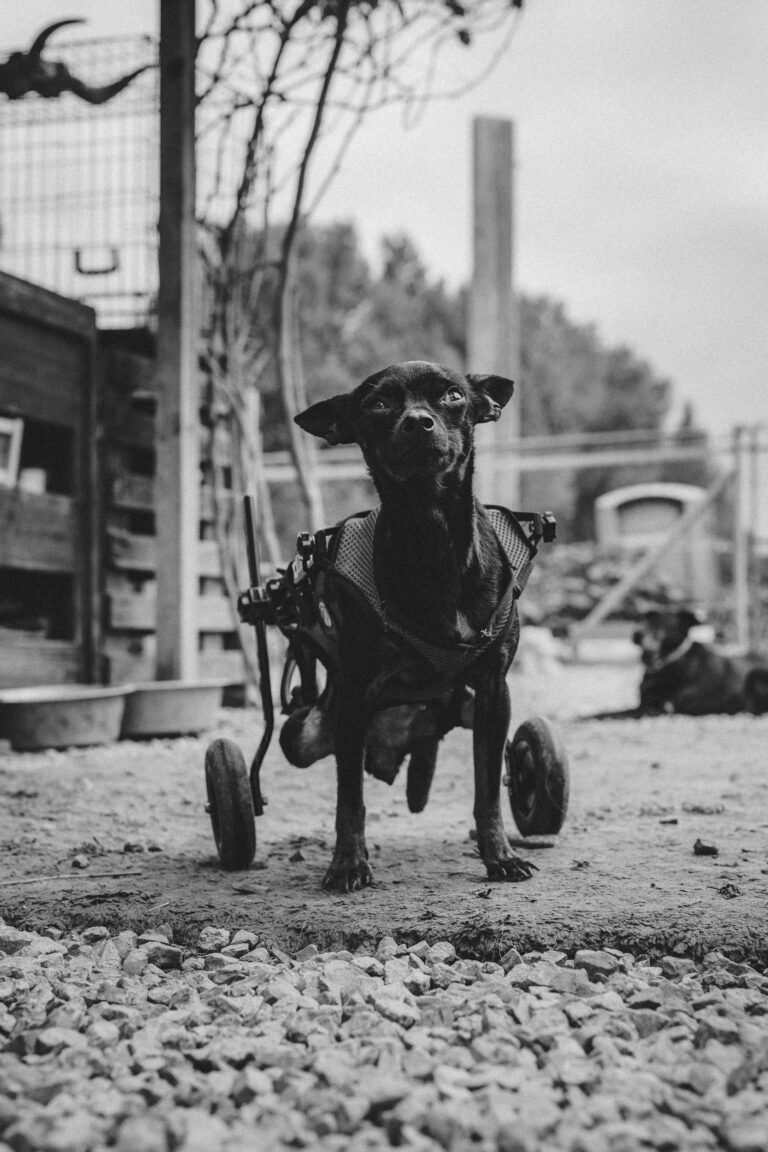

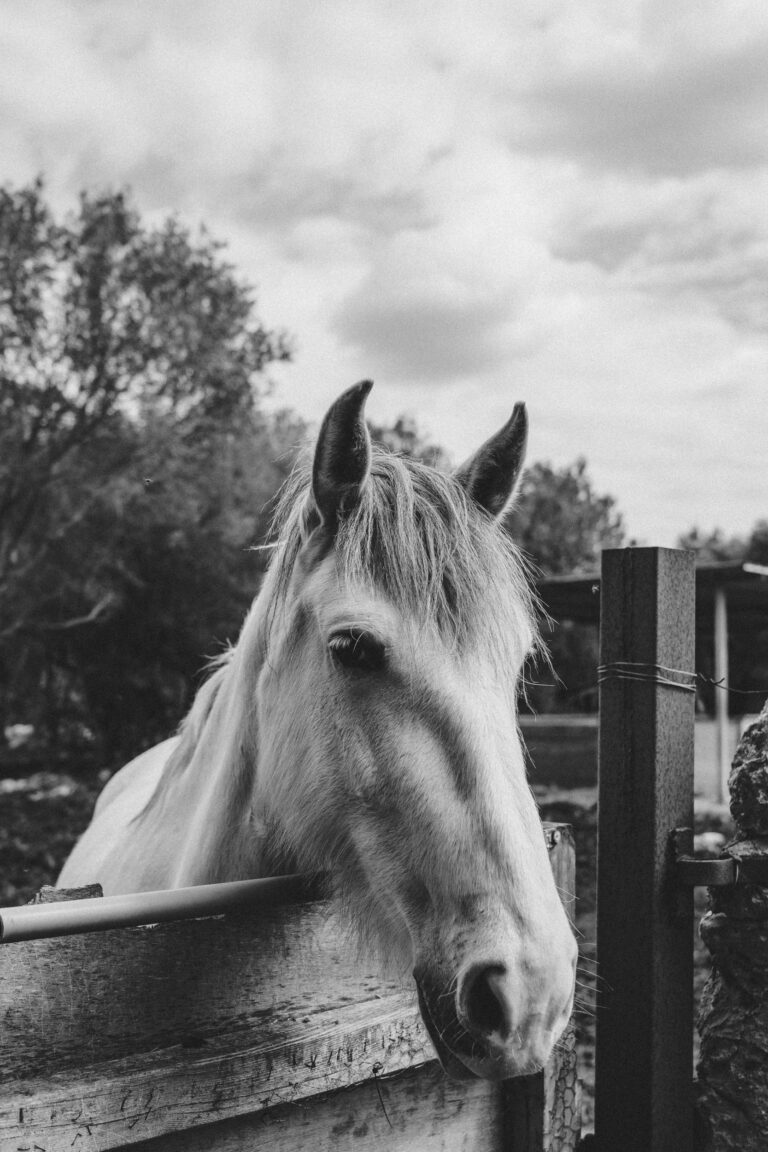
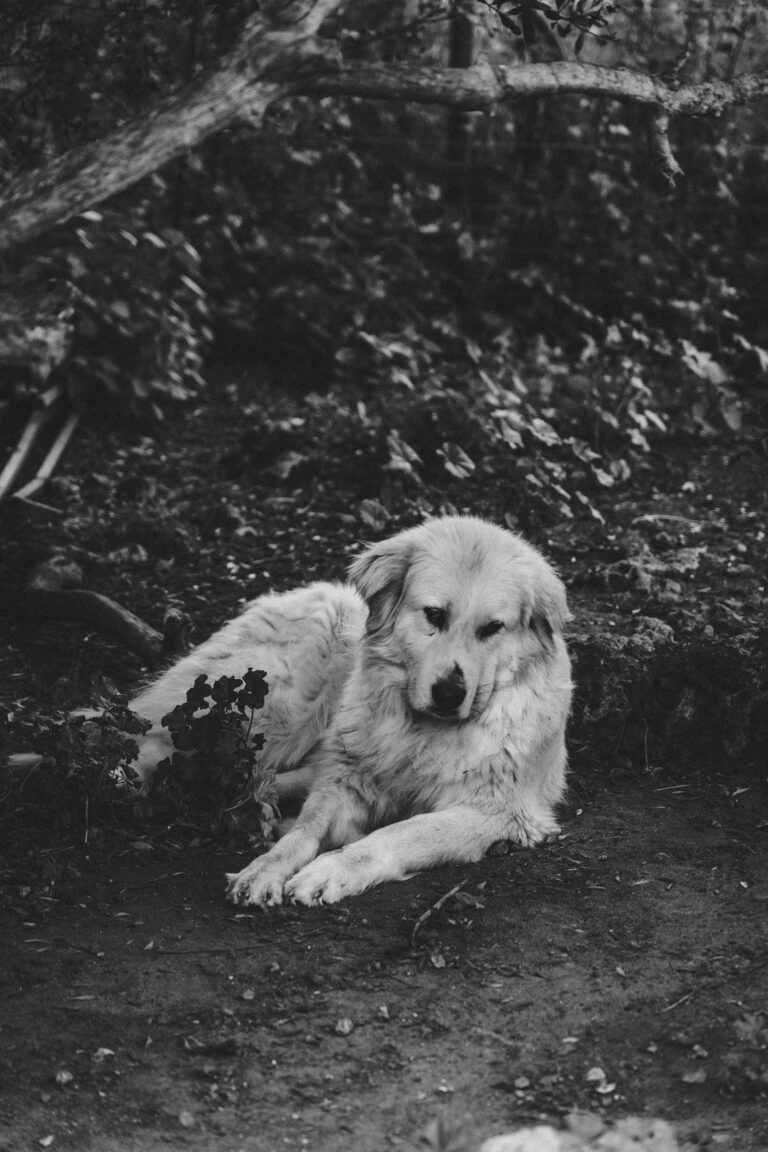
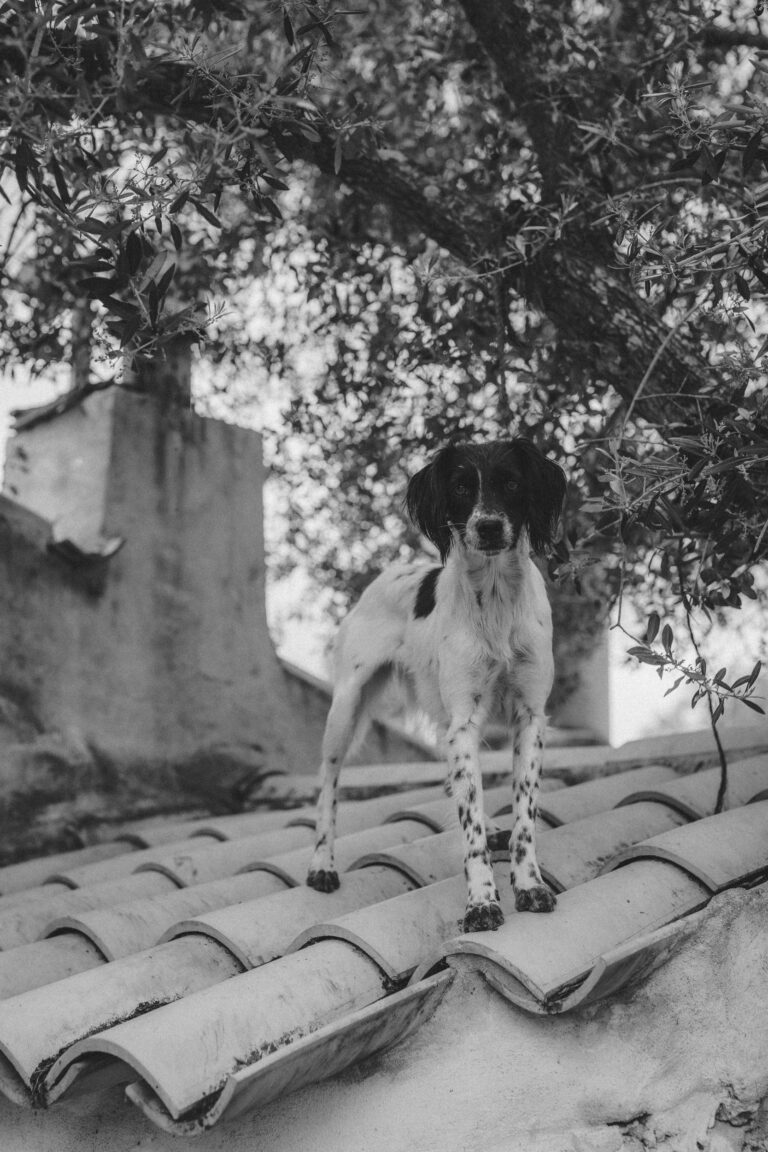


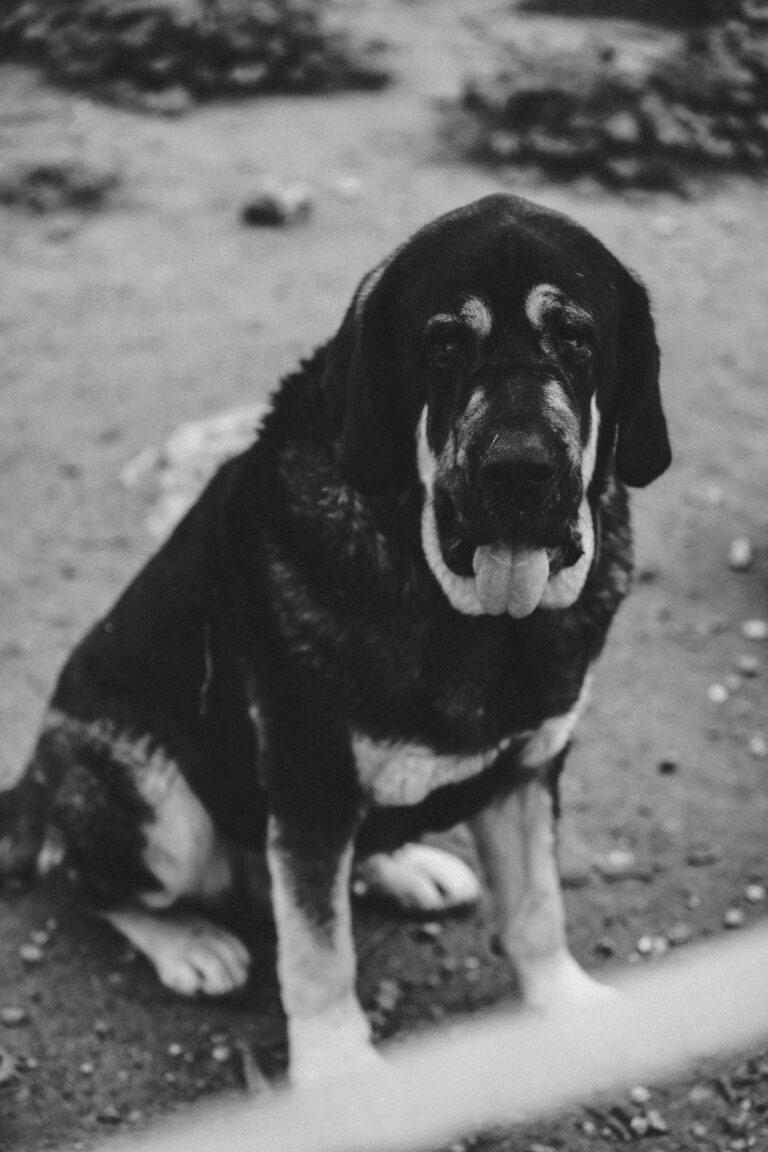
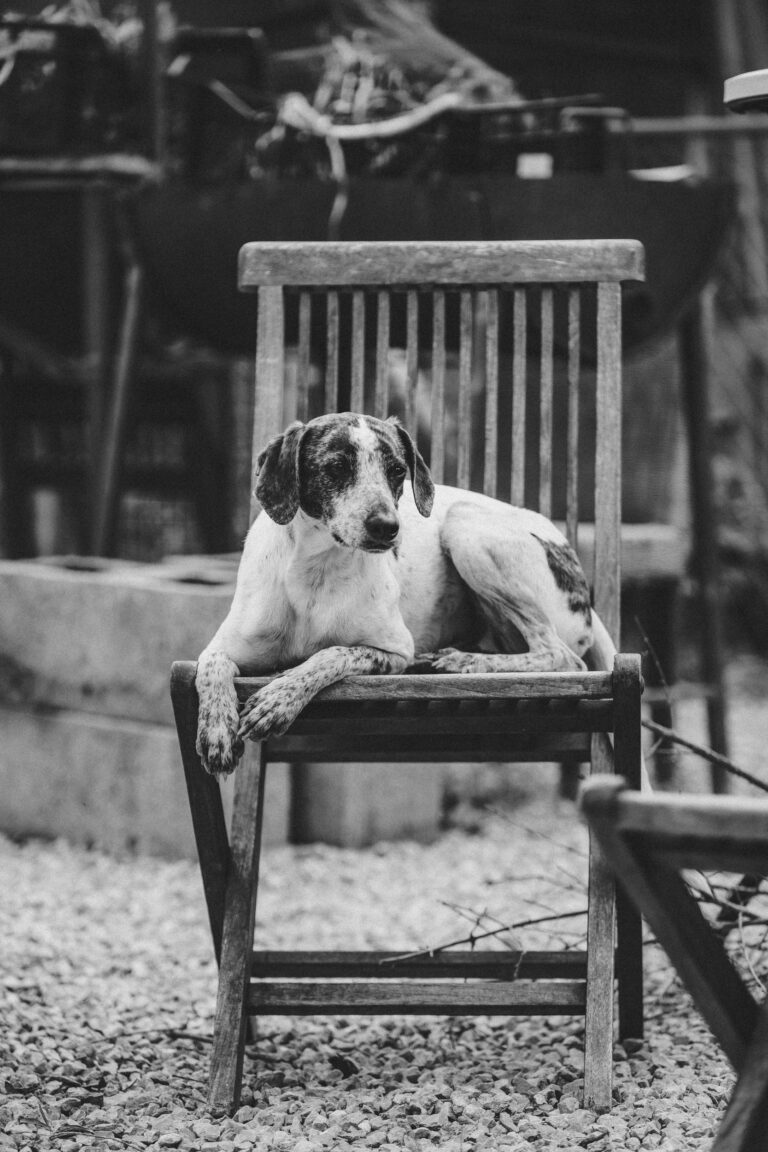
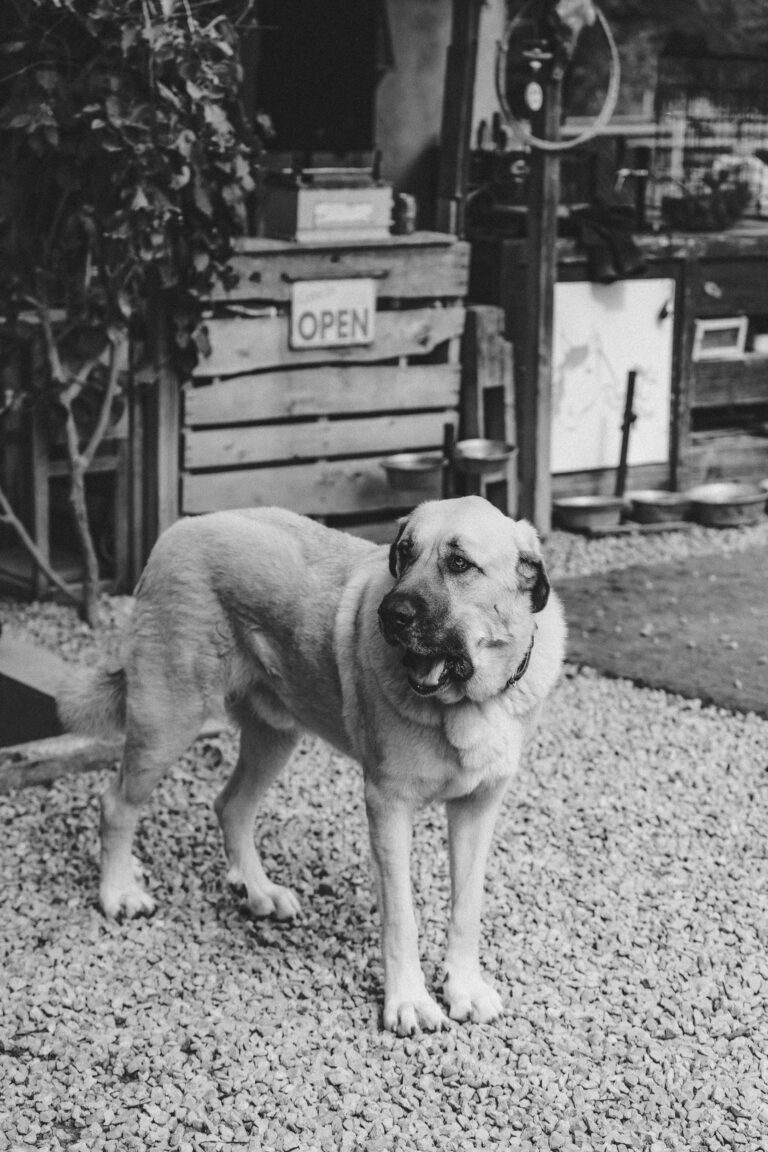
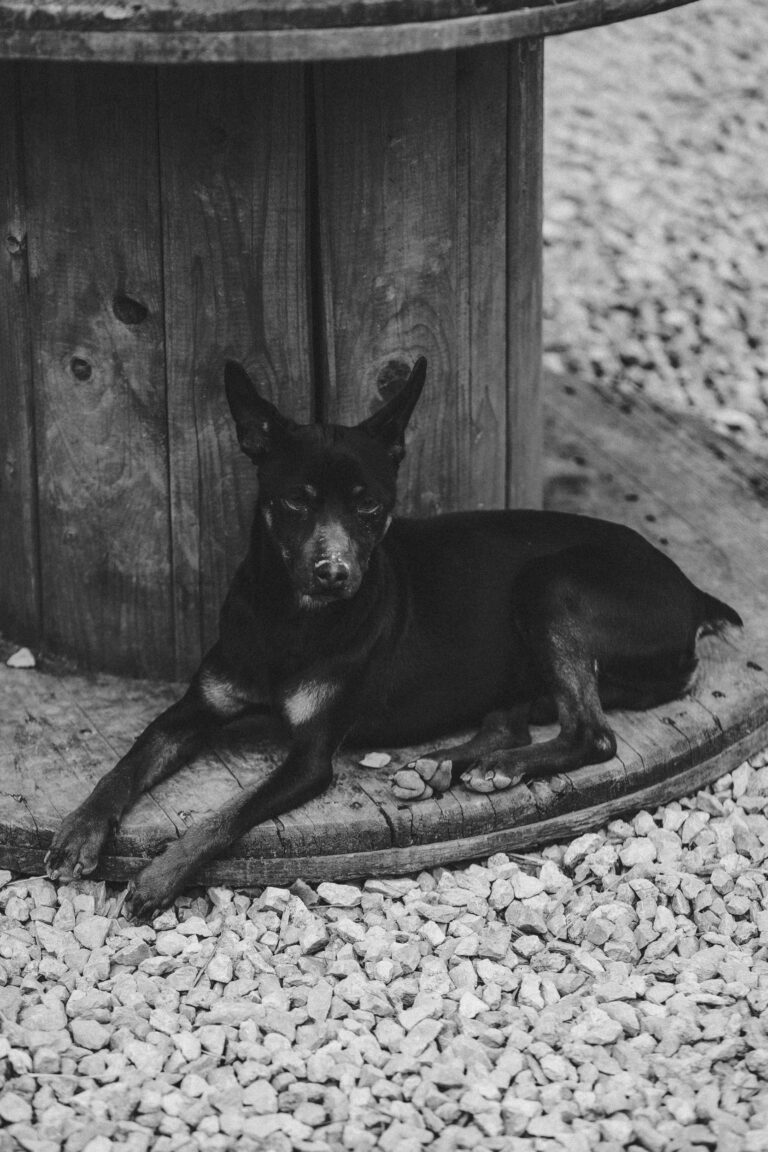
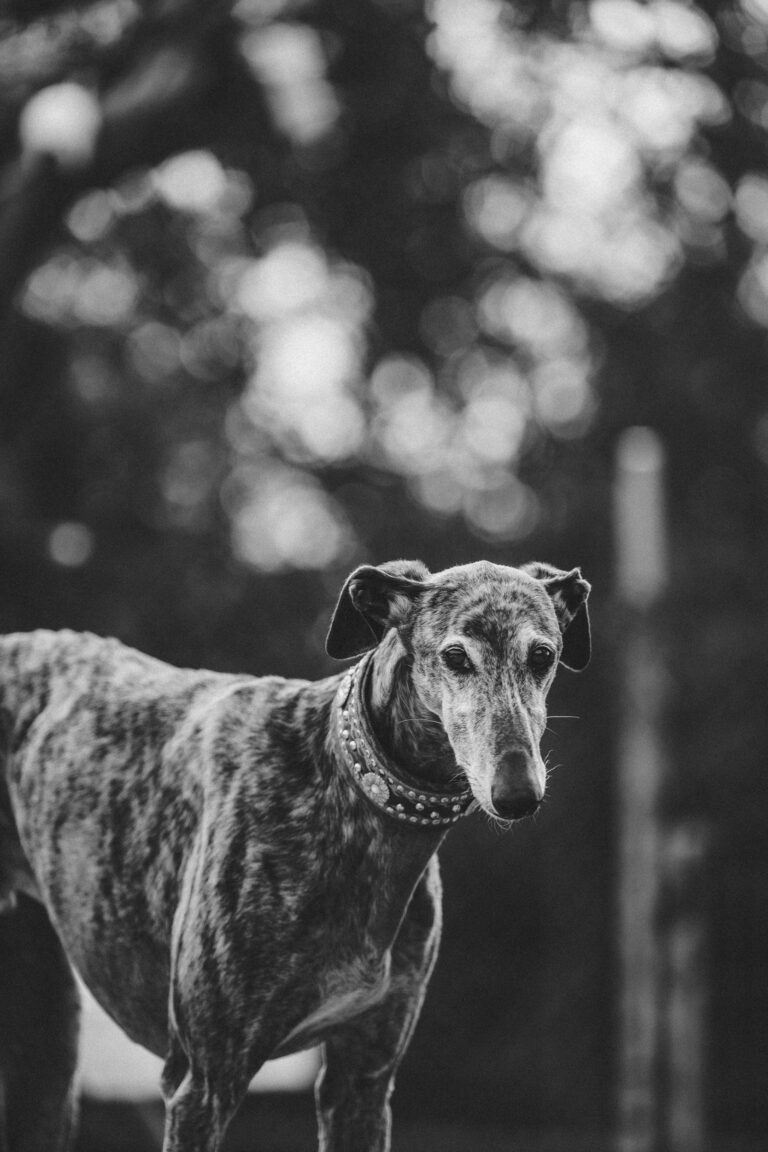
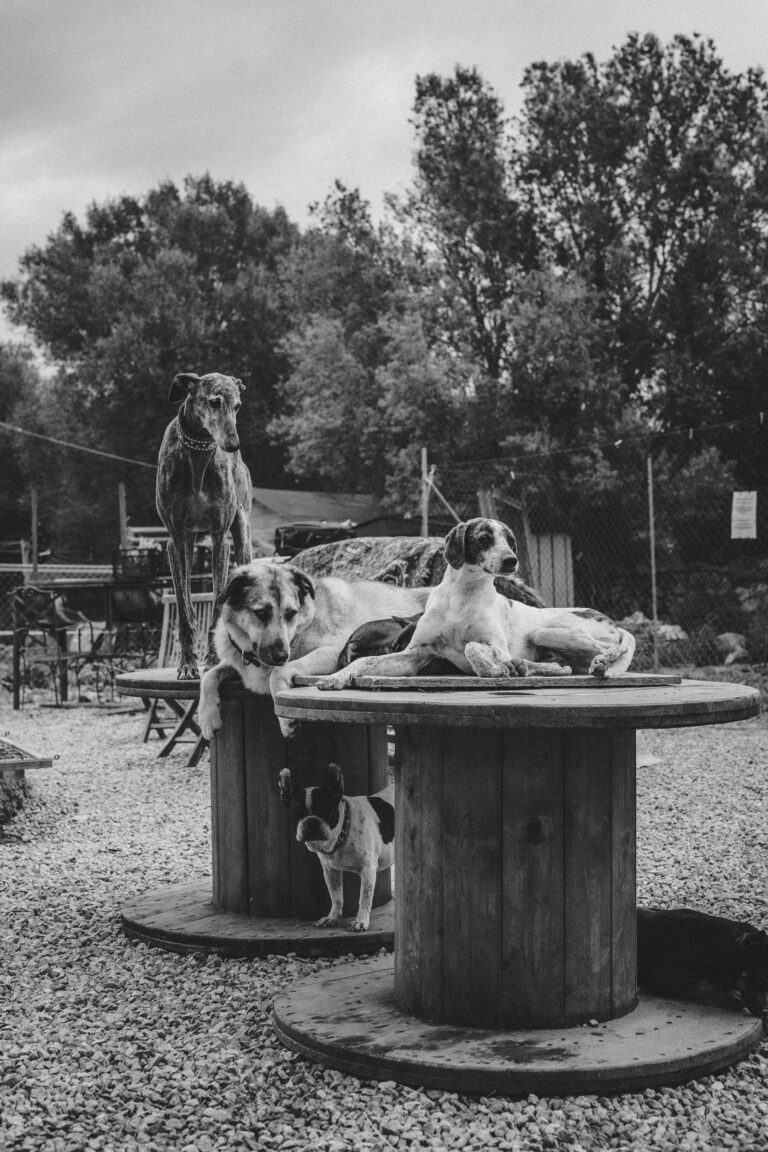

What else to know
1. Pause — and Observe
Before approaching, take a moment to observe the animal from a safe distance.
Look for signs of distress, injury, or aggression. Note the environment: is the animal tethered, enclosed, or freely roaming? Is there visible food, water, or shelter?
2. Document the Situation
Without putting yourself at risk, take discreet photos or videos that clearly show the condition of the animal and the surroundings. This visual evidence can be vital for authorities or rescue organizations.
3. Avoid Immediate Intervention
Unless the animal is in immediate danger (e.g. trapped or injured on a road), avoid removing it yourself. Many animals are fearful, and acting without support can escalate the situation or put you or the animal at risk.
4. Contact Local Authorities or Animal Welfare Services
In Spain, for instance, you can contact the Guardia Civil (SEPRONA in Mallorca), local police, or municipal animal control. If you’re abroad, research the appropriate local agencies.
Provide clear details: exact location (ideally with GPS), condition of the animal, time of day, and any observations.
5. Reach Out to Local Sanctuaries or Rescue Networks
Organizations like Rancho Fino or local shelters may be able to advise or step in when official structures are slow to respond. Community networks often know the context and can act more swiftly and sensitively.
6. Keep Records and Follow Up
If you’ve reported the case, make a note of when, to whom, and any case number if available. Follow up. Bureaucracy can be slow, but persistence often matters more than we think.
7. Care Doesn’t End with the Call
Check in on the location when possible. Stay connected with local advocates. Even if you can’t adopt or foster, your witness — and willingness to act — is part of a wider shift in how we show up for those without a voice.
